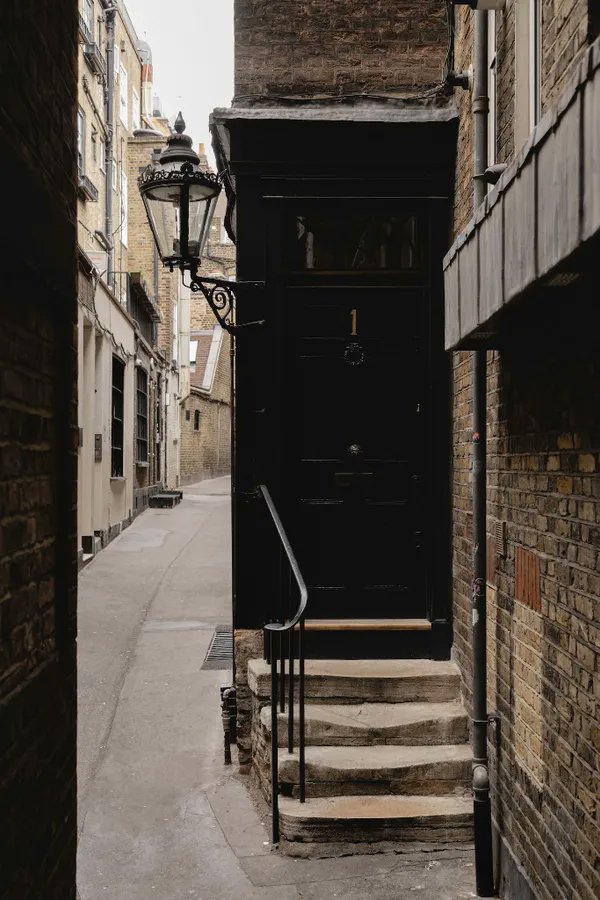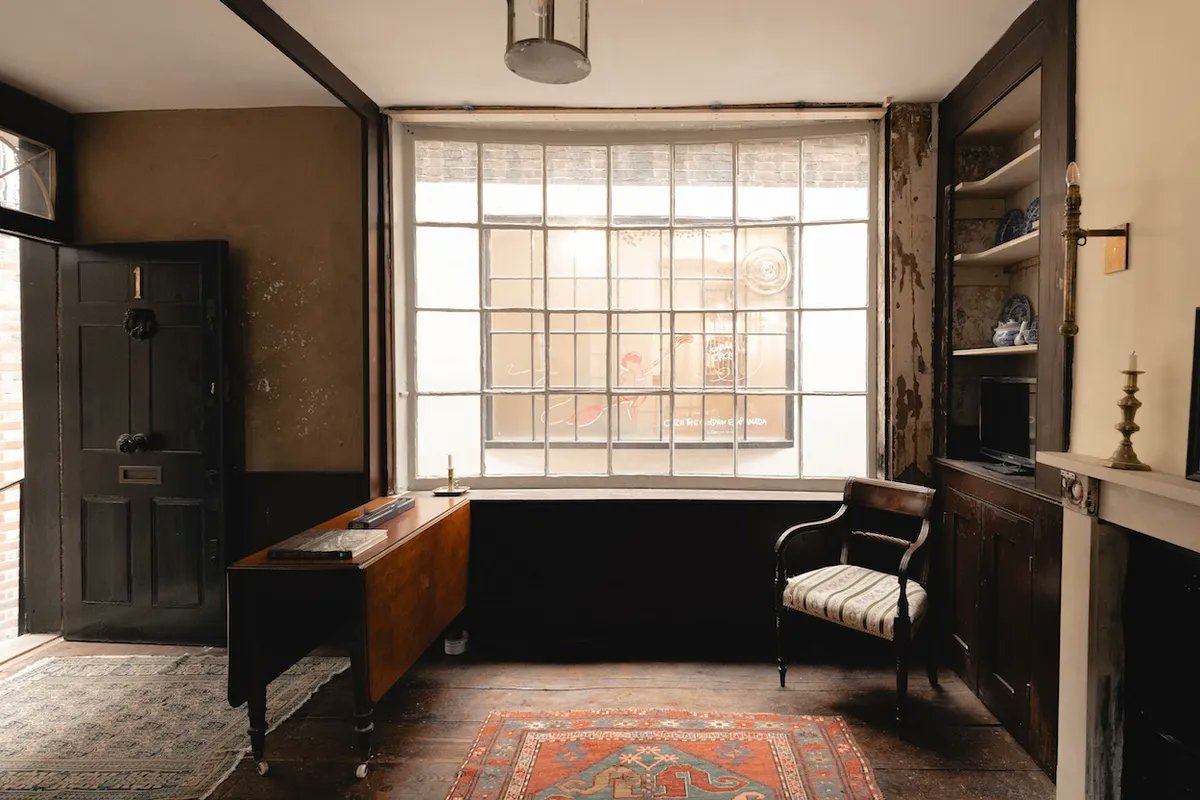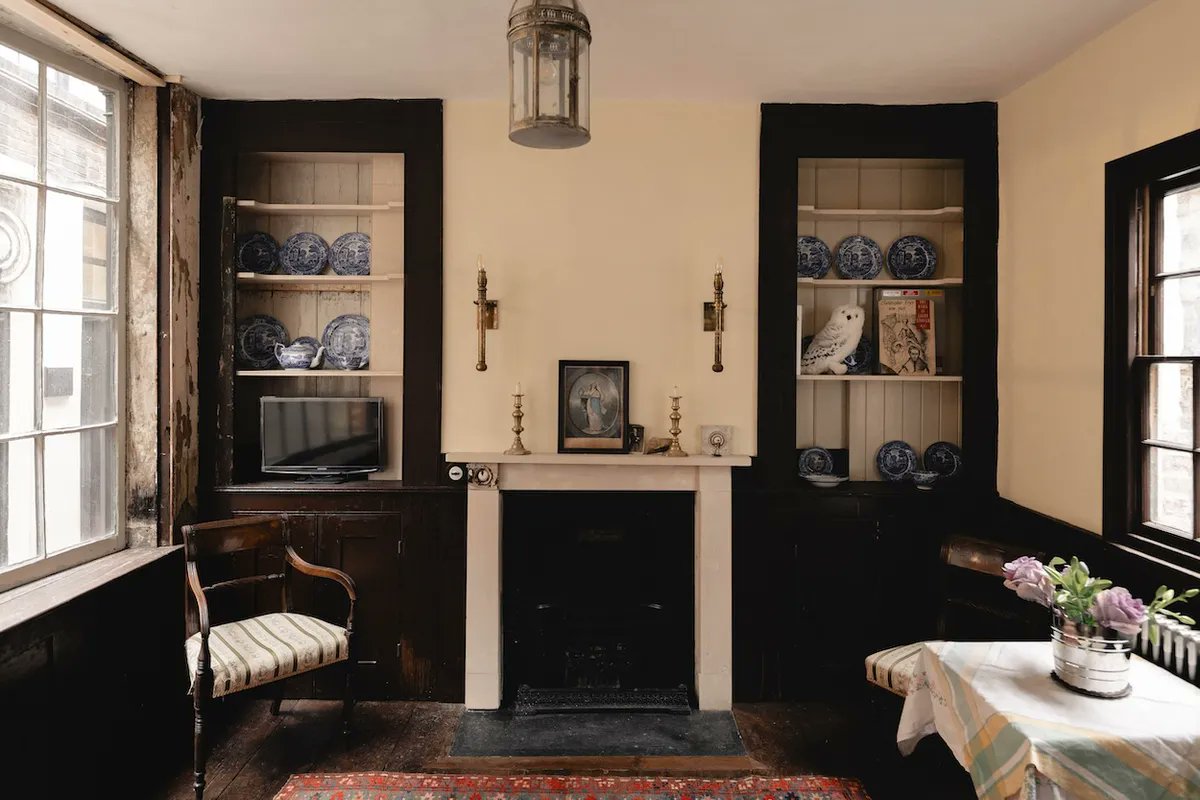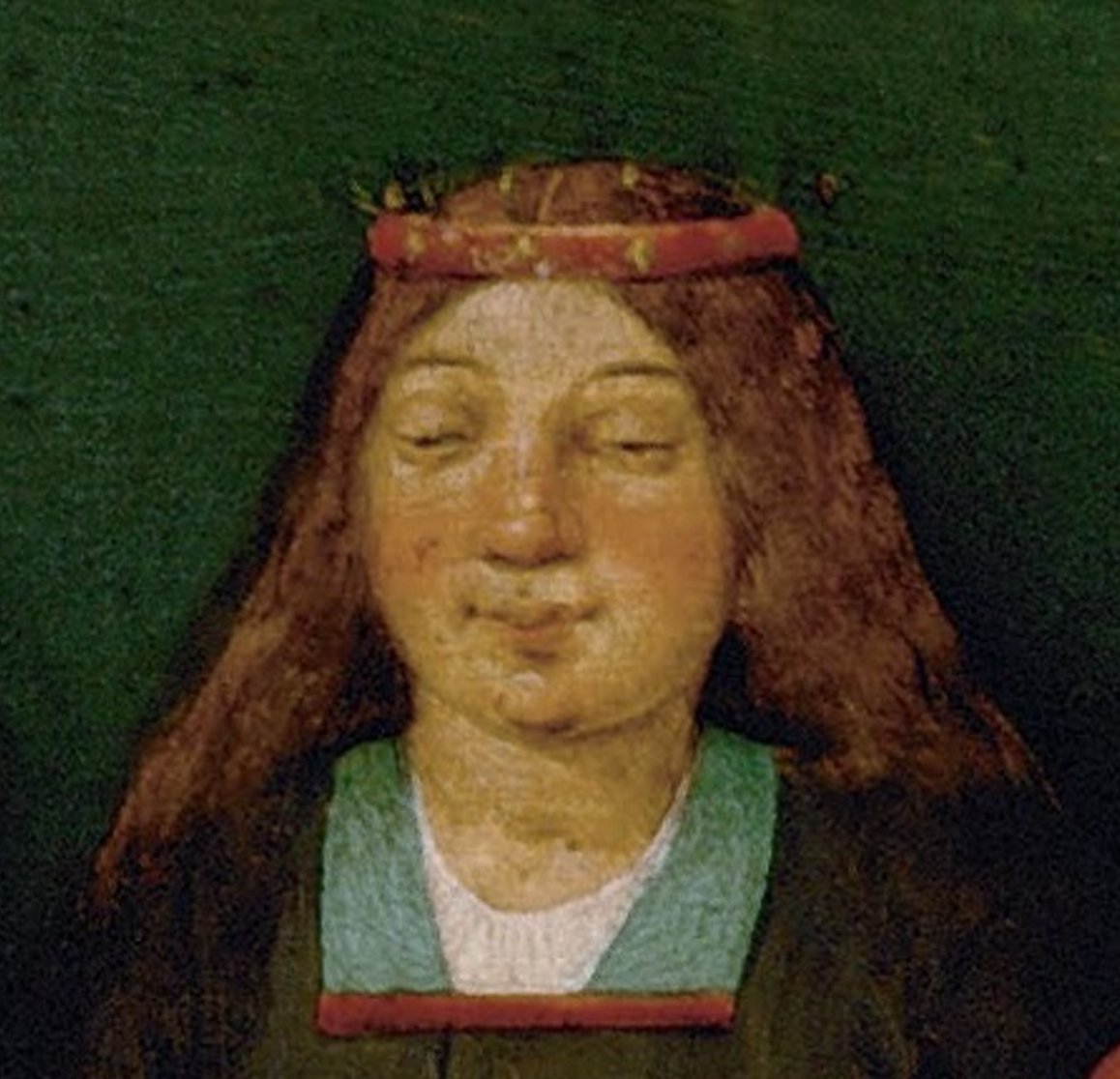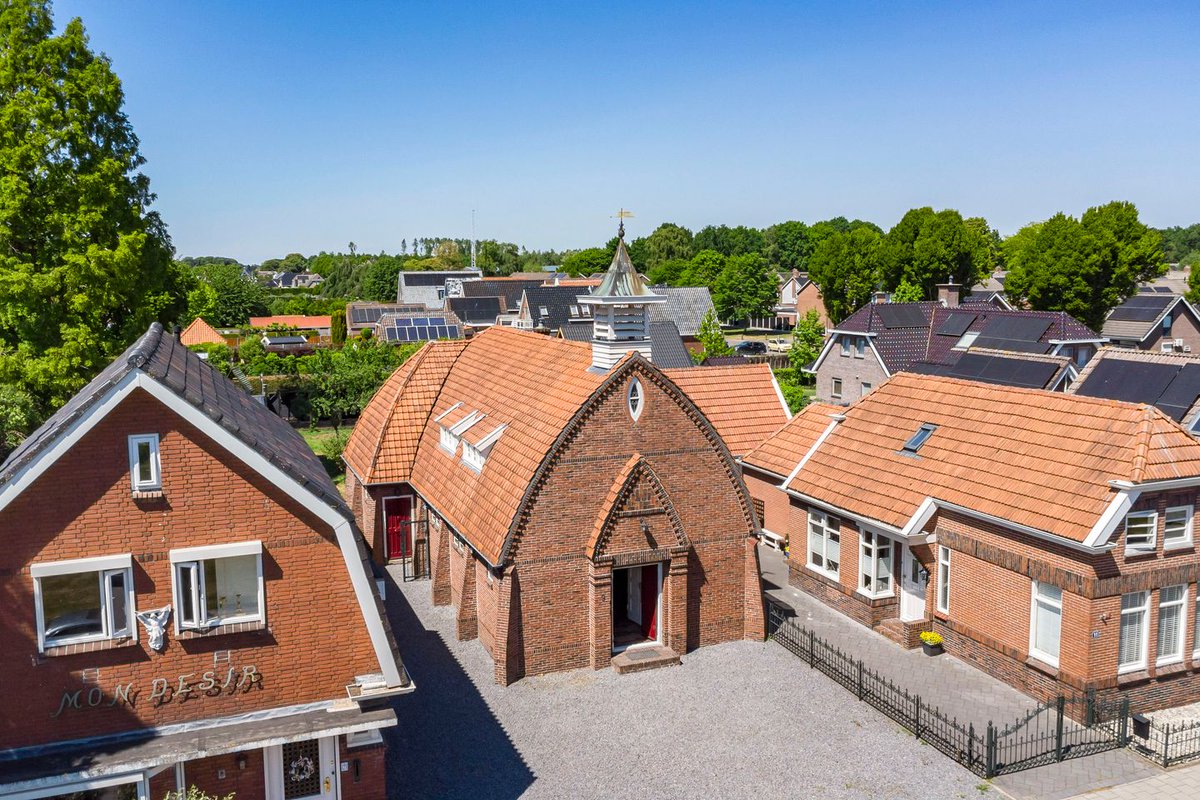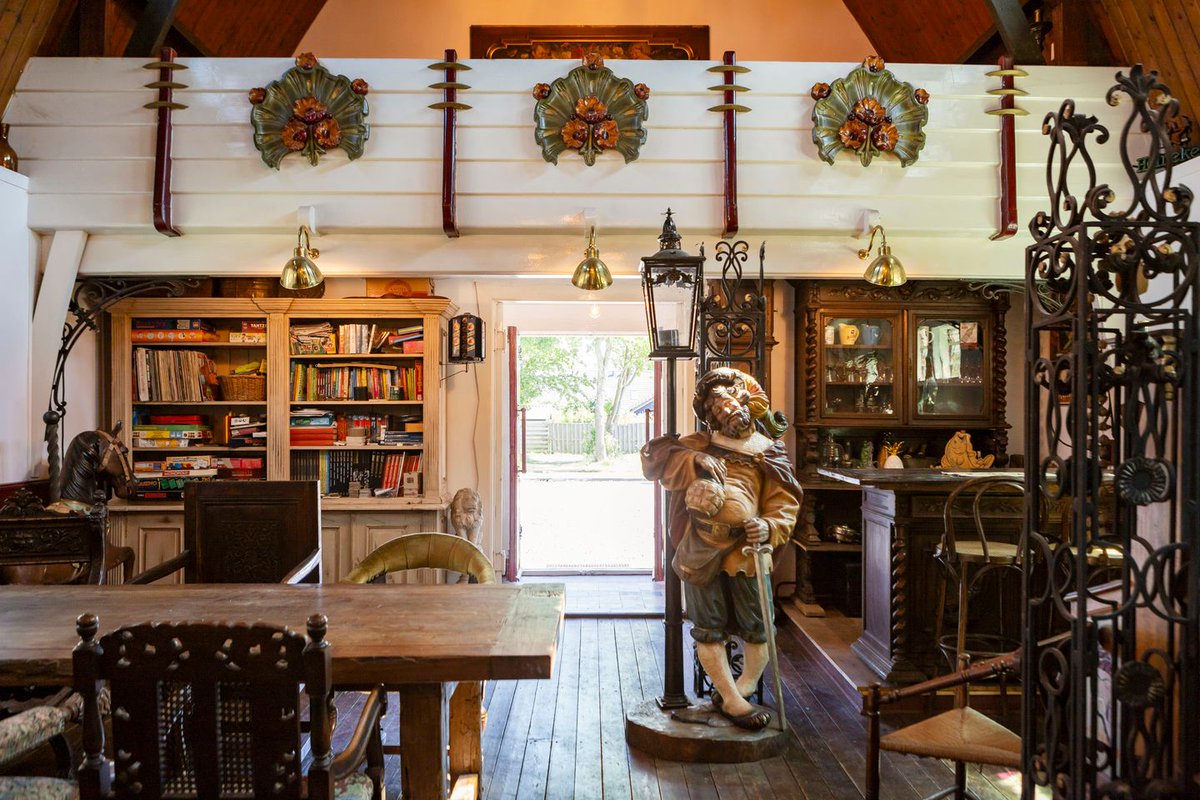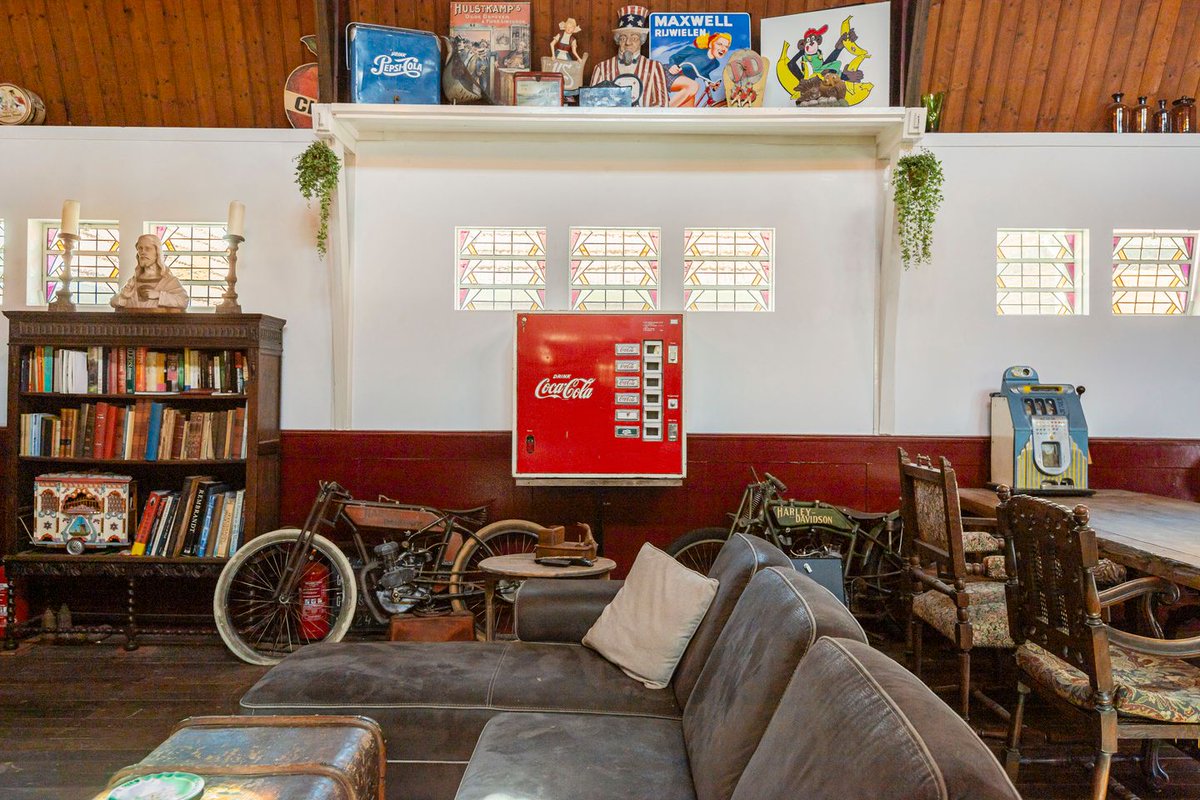On this day in 1945 a brave Danish Dutch diplomat drove his car into a Japanese concentration camp and saved my grandmothers and thus my life.
A thread.
It is August 15th 1945, my grandmother and her daughter (2 years old) are prisoners in Japanese concentration camp Lampersari.
A thread.
It is August 15th 1945, my grandmother and her daughter (2 years old) are prisoners in Japanese concentration camp Lampersari.

When the Japanese invaded the Dutch Indies families were separated, men and women in separate camps, the situation there was atrocious.
Not enough food, terrible treatment and lots of abuse.
Not as bad as in most Nazi camps, but still inhumane and horrific.
Not enough food, terrible treatment and lots of abuse.
Not as bad as in most Nazi camps, but still inhumane and horrific.

You may have seen the film 'Empire of the Sun', made in 1987 by Steven Spielberg with Christian Bale.
Although not without its flaws it still has a few familiar scenes to the situation my family was in.
'Paradise Road' is a film with a similar theme you may have scene.
Although not without its flaws it still has a few familiar scenes to the situation my family was in.
'Paradise Road' is a film with a similar theme you may have scene.

Once my grandmother was being severely beaten by a Japanese guard when my 2 year old aunt attacked the guard and bit him in the leg.
To everyone's surprise the guard didn't kill them but in stead stopped the beating and walked away.
To everyone's surprise the guard didn't kill them but in stead stopped the beating and walked away.

My grandmother thought the guard was either impressed by the little girl's bravery or she reminded him of his child at home.
Either way the beating stopped, this time.
Although the Atomic bombs had already fallen by the 15th, things had barely changed.
Either way the beating stopped, this time.
Although the Atomic bombs had already fallen by the 15th, things had barely changed.

My grandmother ended up in the camp hospital, she was very ill and she probably wouldn't last much longer.
The war was almost over, but still they weren't fed properly or looked after, the Japanese still ran the place as before and people were still dying.
Then the 15th came.
The war was almost over, but still they weren't fed properly or looked after, the Japanese still ran the place as before and people were still dying.
Then the 15th came.

I quote from Anneke Bosman's diary, please note I share exactly how she wrote it back in 1945 after years of suffering Japanese oppression;
"An European drove into the camp in a small car. Later he turned out to be Danish. A Jap approached him and barked something at him.
"An European drove into the camp in a small car. Later he turned out to be Danish. A Jap approached him and barked something at him.

The Dane answered something and was immediately slapped in the face.
But the guy was not born yesterday and smacked the Jap back in his face.
It was a delightful scene. He entered the office and left the flabbergasted Jap outside in the dust.
But the guy was not born yesterday and smacked the Jap back in his face.
It was a delightful scene. He entered the office and left the flabbergasted Jap outside in the dust.

We were incredibly curious what would happen next, but everything remained quiet.
After a while though, all Hantijo”s ( Japanese block heads) were called together and then the big announcement was made:
After a while though, all Hantijo”s ( Japanese block heads) were called together and then the big announcement was made:

“Yesterday at 4 o’clock in Geneve the Japanese capitulation has been signed!” Incredible joy and thankfulness resonated through the entire camp.
In the afternoon, a great quantity of both yellow and red candy was handed out throughout the camp.
In the afternoon, a great quantity of both yellow and red candy was handed out throughout the camp.

People said it was a present from the Chinese. Very kind and very welcome!"
Can you imagine this scene?!
This mysterious diplomat had risked his life to make sure the people in the camp got liberated and their abuse stopped.
Can you imagine this scene?!
This mysterious diplomat had risked his life to make sure the people in the camp got liberated and their abuse stopped.

It wasn't the end of hell for my family though.
Some locals started attacking and killing European, Chinese and each other, it was called the Bersiap period.
After barely surviving the camp they had to be guarded from this violence, some of our family members didn't survive.
Some locals started attacking and killing European, Chinese and each other, it was called the Bersiap period.
After barely surviving the camp they had to be guarded from this violence, some of our family members didn't survive.

My grandmother, aunt and other prisoners in the Lampersari camp now had to be protected by their former camp guards but soon also by the much welcomed Sikh and Gurkha soldiers.
My aunt was first a little scared of these men but not for long.
My aunt was first a little scared of these men but not for long.

To our family these men from far away countries who looked different and spoke languages we didn't know, soon became our heroes.
They came from very far to risk everything for us, not just fighting to liberate us but then guarding us from violence afterwards.
They came from very far to risk everything for us, not just fighting to liberate us but then guarding us from violence afterwards.

The sight of someone wearing a turban makes us smile to this day and we support Gurkha charities where we can.
Although of course we owe our lives to countless people from many different backgrounds, these were the faces my nan saw and never forgot, they're special to us.

Although of course we owe our lives to countless people from many different backgrounds, these were the faces my nan saw and never forgot, they're special to us.


The country where my grandmother was born and had grown up, where her friends lived, both native and Dutch, her home, the only place she knew, soon became impossible to stay in and our family returned to a cold and wet Holland. 





They tried to make the best of their lives but it was difficult, they were in a different world and of course all also extremely traumatised.
And their fellow countrymen in the Netherlands had just experienced Nazi occupation, so there was little interest in my family's suffering
And their fellow countrymen in the Netherlands had just experienced Nazi occupation, so there was little interest in my family's suffering
My uncle Dirk left for Australia to start a new life, or perhaps to escape his old one.
He would have Burma railway nightmares all his life.
I see the pain and trauma in the eyes of my gran and uncle Dirk in these photos.
I only met him once, he was a lovely gentle old man.

He would have Burma railway nightmares all his life.
I see the pain and trauma in the eyes of my gran and uncle Dirk in these photos.
I only met him once, he was a lovely gentle old man.


My grandmother had another 8 children, including my mother but life was difficult.
Sadly she died in the 1960s of cancer, never getting the chance to meet her has been one of the heartaches of my life.
Sadly she died in the 1960s of cancer, never getting the chance to meet her has been one of the heartaches of my life.
The war scarred my grandparents, their children and even me.
BUT today we celebrate, we remember that on this day someone saved their lives.
And we owe it to all the Allied soldiers, people at the Allied homefront who did their bit and....
BUT today we celebrate, we remember that on this day someone saved their lives.
And we owe it to all the Allied soldiers, people at the Allied homefront who did their bit and....
...that one crazy Danish diplomat who risked his life to slap a Japanese guard and tell them to stop being nasty to their prisoners because the war was over.
It took me a bit of research but I finally found out who this man was who I possibly owe my life to, (in)directly.
It took me a bit of research but I finally found out who this man was who I possibly owe my life to, (in)directly.
He was the Danish vice consul, a Dutchman by the name of Cornelis Dirk Van Vliet.
This thread was for him.
If you're related to him, get in touch.
I need his family to know how much he meant to the Dutch prisoners of camp Lampersari and that people owe him their lives.


This thread was for him.
If you're related to him, get in touch.
I need his family to know how much he meant to the Dutch prisoners of camp Lampersari and that people owe him their lives.



PS; Here's a good website on Camps in the Dutch East Indies if you want to read more;
indischekamparchieven.nl
Another site (Dutch);
japanseburgerkampen.nl
And this is where I got a few of the illustrations from, you can find more there;
geheugen.delpher.nl/en/geheugen/re…
indischekamparchieven.nl
Another site (Dutch);
japanseburgerkampen.nl
And this is where I got a few of the illustrations from, you can find more there;
geheugen.delpher.nl/en/geheugen/re…
A bit on the Bersiap period;
en.wikipedia.org/wiki/Bersiap
And on the Japanese camps;
en.wikipedia.org/wiki/Civilian_…
en.wikipedia.org/wiki/Bersiap
And on the Japanese camps;
en.wikipedia.org/wiki/Civilian_…

Just adding this thread;
And this petition;
The Gurkhas deserve equal pensions, it's the least they deserve.
And while we're at it, the The Gurkha Welfare Trust is on Twitter; @gwtorg
https://twitter.com/MarcDavenant/status/1426248190181867521
And this petition;
https://twitter.com/MarcDavenant/status/1426248190181867521
The Gurkhas deserve equal pensions, it's the least they deserve.
And while we're at it, the The Gurkha Welfare Trust is on Twitter; @gwtorg
Adding these great pictures;
A Gurkha swinging his khukri.
Recipients of the Victoria Cross, Gurkha, and Indian.
Gurkha & Sikh soldier inspecting a khukuri.
I wish I had an original 1940s Khukuri knife.


A Gurkha swinging his khukri.
Recipients of the Victoria Cross, Gurkha, and Indian.
Gurkha & Sikh soldier inspecting a khukuri.
I wish I had an original 1940s Khukuri knife.



• • •
Missing some Tweet in this thread? You can try to
force a refresh


